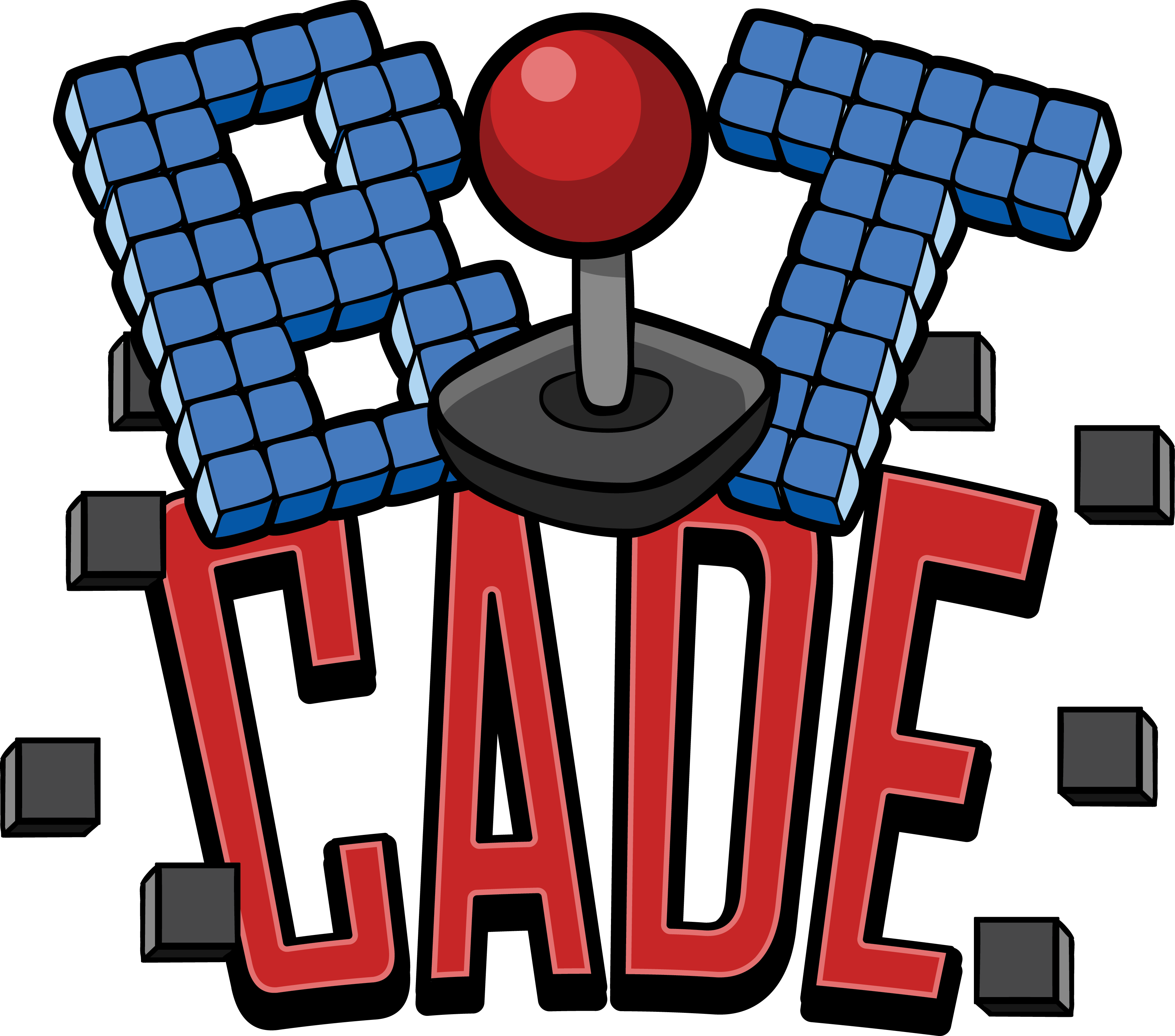Arcade Joysticks and Buttons Explained
To the untrained eye, arcade cabinet joysticks and buttons look the same – rods with knobby bits for gripping and controlling your in-game avatar. Bright, gleaming buttons that let you kick, punch, or shoot aliens out of the sky.
But there’s actually a world of small differences that separate various joystick and button types. To fully appreciate the differences between joysticks and buttons, it’s important to understand a few basic terms, which we’ll outline here.
Deflection
The distance a joystick travels when you let it go. Think of it as the extent the stick pings back in the opposite direction after it’s released from tension.
Neutral
A joystick at rest. The position of the stick when you’re not pushing or pulling in any direction.
Engage Distance and the Deadzone
Engage distance is how far you have to pull the joystick or press a button to trigger an action. For joysticks, the distance between neutral and engage distance is aptly named the “Deadzone”; it’s the area where no input registers even when the stick is not in a neutral position.
Now, let’s take a peek into what goes on below an arcade cabinet’s control panel.
Manufacturers
American
American-style joysticks and buttons are primarily made by Happ. The company actually started as a British company called Coin Controls, which made coin doors for arcade machines. Today they have a huge manufacturing portfolio that includes joysticks, rollerballs, buttons, and industrial-grade control parts.
Japanese
Japanese buttons and joysticks are mostly made by two companies: Sanwa and Seimitsu. Both have been around since the 1980’s, making parts for the giants of the arcade gaming world like Sega and Konami. Original cabinets of the genre-defining Street Fighter 2 were outfitted with the Japanese made Seimitsu LS-32.
Korean
Although not nearly as popular as Happ or Sanwa-made parts, Korean peripherals still find their niche as fightsticks for popular titles like Tekken. The most popular manufacturers of Korean parts are Crown, Myoungshin, and Taeyoung.
Buttons
Relatively simpler than joysticks, arcade buttons are usually distinguishable by their shape and sensitivity. American-style push buttons are concave, typically appearing a bit raised at the edges. Compared to their Japanese counterparts, they require more pressure to engage.
 |

|
|
Left: Concave button; Right: Convex button Image Source: focusattack.com |
Japanese buttons are slightly convex. Some can look like they’re sitting flush against the control panel. These usually take less pressure to click compared to their more obstinate American counterparts. While the sensitivity is preferred by a lot of players, it may also cause more accidental button presses, which can be frustrating with some styles of game like platformers where precision timing of jumps can mean the difference between dying or not.
Toppers
The topper makes the most distinctive difference between joysticks–at least, between an American and Japanese-made joystick. Joysticks made by Happ are shaped like a bat, which look similar to Korean, tear drop-shaped sticks. Sanwa and Seimitsu toppers are ball-shaped and smooth. Ball toppers come in 3 standard sizes: 30mm, 35mm, and 40mm.
Many American joysticks have some texture, whereas Japanese-style toppers are typically glossy smooth. The matte texture may be preferable if you’re looking for a better grip and tactile feel on your joysticks.

Source: Atomic Market Sanwa
Generally, Japanese-style joysticks have seen more rotation in arcades, even in the West. If you’ve ever played fighting games on their original cabinets then chances are you’ve tried the Sanwa JLF, one of the most popular joystick models of all time.
Tension
American-style joysticks are usually stiff. One user likened the experience to “driving a tank”. That’s because they’re fitted with larger, stronger springs than Japanese sticks. This makes them less sensitive to pressure. The movement you’ll get with a simple flick on Japanese sticks will usually take more effort on their bat-shaped counterparts.
Tension on Japanese-style joysticks comes down to more than just having looser springs. Players can choose between different types of springs, effectively creating variability and more control options based on your preferences. This is perfect if you’re putting together a MAME cabinet that plays thousands of games.
Springs are where Korean joysticks differ from American or Japanese sticks. You typically won’t find springs on a Korean stick. Instead, these parts are fitted with tension grommets, which allow for a quicker return to neutral and less deflection. Tension on Korean sticks also gradually builds, feeling harder the further you push. Similar to springs, there’s some variability to these parts: you can choose between soft, medium, or hard tension grommets.
Directional Versatility
You can outfit American and Japan-made joysticks with additional hardware for further fine-tuning controls. For instance, Seiwa joysticks can be fitted with restrictor gates, which makes precise directional movements easier to execute in-game–essential for games like Street Fighter that require specific input for pulling off special moves. Korean joysticks usually don’t come with restrictor gates, which make circular movements easier to execute.

An 8-way Sanwa restrictor gate (Source: paradisearcadeshop.com)
Restrictor gates come in different types. Octagonal restrictor gates allow for more accurate diagonal input. Four way restrictors only engage in the four primary directions, making them better for games like Pac Man and Donkey Kong. Lastly, two way restrictors are ideal for games like Arkanoid because they eliminate the chances of mistakenly engaging movements the game doesn’t recognise. That’s crucial for saving a ball that’s a hair's breadth away from missing the paddle.
Which should you choose?
It all comes down to preference and play styles. Happ parts allow for less fine-control, but can also handle serious punishment. Some may also prefer the more satisfying “click” of Happ buttons engaging. But if you’re building a cabinet for a fighting game, then the freedom and flexibility offered by Japanese or Korean parts may be the better way to go.

